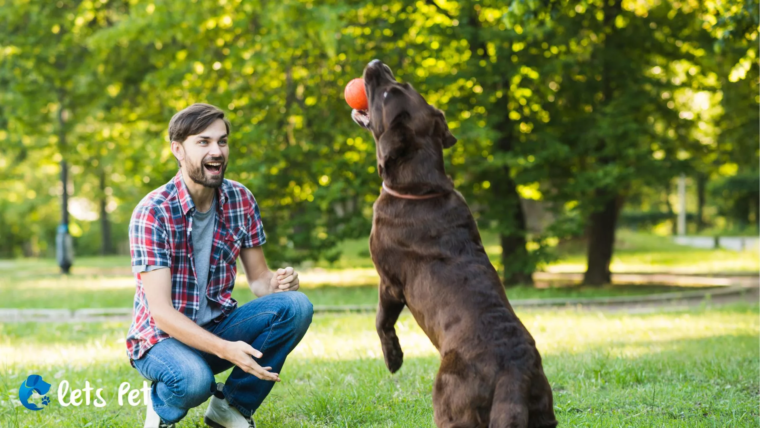The bond between pets and their owners is a beautiful connection built on trust and companionship. However, this bond can sometimes lead to separation anxiety in pets when left alone. Understanding the signs, causes, and effective strategies to manage separation anxiety is crucial for both pet owners and their beloved companions.
Recognizing Separation Anxiety: Separation anxiety in pets manifests in various ways, including excessive barking, destructive behavior, incessant whining or howling, house soiling, pacing, or attempting to escape when left alone. These signs typically occur when the pet anticipates being separated from their owner.
Causes of Separation Anxiety: Several factors can contribute to separation anxiety in pets, such as a change in routine, a traumatic experience, lack of socialization, or being rehomed. Additionally, pets that have experienced abandonment or spent time in shelters might be more prone to this condition.
Building Independence Gradually: Help your pet gradually acclimate to periods of separation by starting with short absences and gradually increasing the time spent away. Encourage independent activities and positive experiences during these times to create a sense of security.
Establishing a Routine: Establish a consistent daily routine for your pet that includes meal times, exercise, play, and rest periods. Predictability in their routine can provide reassurance and stability, reducing anxiety when alone.
Creating a Safe Space: Designate a safe and comfortable area for your pet when you’re away. This space can be equipped with their favorite toys, blankets, or items that carry your scent, offering comfort and familiarity.
Positive Association Techniques: Associate your departure with positive experiences for your pet by offering treats or toys they love. This conditions them to perceive your absence as a positive event rather than a cause for anxiety.
Gradual Departures and Returns: Practice short departures and returns without making a fuss. This helps desensitize your pet to your comings and goings, reducing the stress associated with separation.
Seeking Professional Help: If your pet’s anxiety persists or becomes severe, seek guidance from a veterinarian or animal behaviorist. They can offer tailored strategies and, if necessary, recommend therapies or medications to alleviate your pet’s anxiety.
Avoid Punishment and Stay Calm: Avoid scolding or punishment for anxious behavior as it can exacerbate the issue. Instead, remain calm and reassuring, offering comfort and support to your pet.
Gradual Acclimatization to Alone Time: Gradually increase the duration of time your pet spends alone, rewarding calm behavior and gradually extending the duration.
Dealing with separation anxiety in pets requires patience, understanding, and a proactive approach. By implementing these strategies and offering consistent support and reassurance, pet owners can help their furry companions overcome separation anxiety, fostering a sense of security and well-being even when apart.



